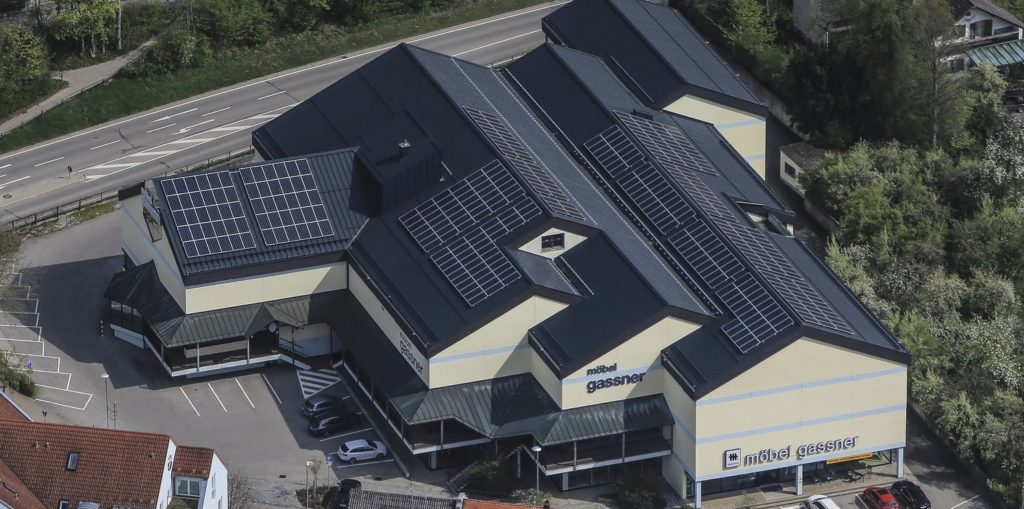There is no room in Germany to completely switch the power supply to renewable energies – this is a popular objection to the further expansion of photovoltaics and wind energy. The environmental association WWF has now published a study, which invalidates this argument: In the country there is enough space available to convert its electricity system from fossil to renewables, and at the same time to protect the interests of nature conservation, is the conclusion. The study was conducted by Öko-Institut, Prognos and the landscape planners Bosch & Partner.
The authors of the study investigated where photovoltaic and wind energy expansion could take place, taking into account restrictions such as the necessary distances to settlements or the protection of nature and species. If demand is to be covered primarily by wind turbines (“Energy Turnaround Reference” scenario), about 2.5 percent of the country's land will have to be used. For 2050, the authors expect 178 GW of onshore wind, 51 GW offshore wind and 154 GW of photovoltaic power. By contrast, only around 2.0 percent of the country’s total area will be needed if solar energy were to play a greater role. The authors defined a scenario (“focus solar”) with 115 GW of onshore wind, 51 GW offshore wind, and 313 GW of photovoltaic power. The calculation is based on the fact that almost the entire rooftop potential of photovoltaics is exploited.
“In the overall view, both scenarios can become reality,” says the study. In the first, however, a larger percentage of surfaces is needed. “In addition to the use of largely restriction-free areas after 2045, a small proportion of the areas with soft restrictions would have to be used for power generation from renewables,” the authors say. “Soft Restrictions” here means restrictions with regard to the spatial effect or conflicts of use. However, the use of these small areas with soft restrictions would not be necessary if the expansion of wind power on land would be slightly dampened and a focus on the expansion of solar power generation would be achieved, as in the “Focus Solar” scenario.
Popular content
The study estimates that by 2050 around 700 terawatt hours of electricity will have to be generated from renewable sources. Other studies, however, set the sum much higher. For example, the Fraunhofer IEE expects that 1,000 terawatt hours will have to be produced in Germany in 2050 to meet the needs of all direct electricity applications (electricity, road and rail traffic, heat).
This content is protected by copyright and may not be reused. If you want to cooperate with us and would like to reuse some of our content, please contact: editors@pv-magazine.com.


By submitting this form you agree to pv magazine using your data for the purposes of publishing your comment.
Your personal data will only be disclosed or otherwise transmitted to third parties for the purposes of spam filtering or if this is necessary for technical maintenance of the website. Any other transfer to third parties will not take place unless this is justified on the basis of applicable data protection regulations or if pv magazine is legally obliged to do so.
You may revoke this consent at any time with effect for the future, in which case your personal data will be deleted immediately. Otherwise, your data will be deleted if pv magazine has processed your request or the purpose of data storage is fulfilled.
Further information on data privacy can be found in our Data Protection Policy.